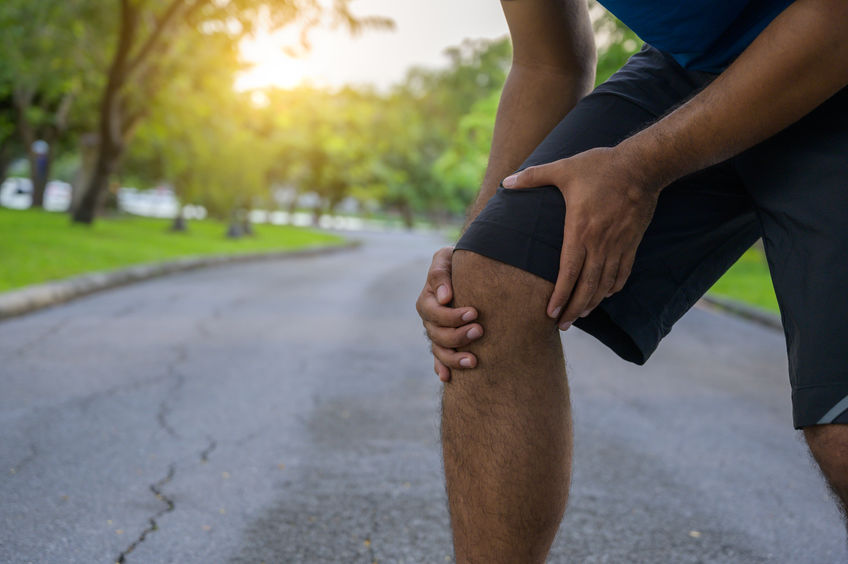Taking Precautions After Joint Replacement
Joint replacement surgery is a procedure where a damaged joint is replaced with an artificial joint. Following the healthcare provider’s instructions after surgery is necessary to achieve a complete recovery. For most joint replacement patients, recovery takes about 2-4 weeks.
After hospital discharge
Patients usually stay in the hospital for 1-2 days after surgery. The healing of the new joint takes time and requires a lot of patience and consistency. The pain, swelling, and stiffness expected after joint replacement surgery will gradually disappear with time. The incision site will slowly heal, and returning to activities can happen gradually. Patients are expected to schedule follow-up visits so the doctor can check on the healing progress of the surgical site.
Managing pain
Pain and swelling are common after joint replacement surgery. To manage pain, prescribed medications should be taken on schedule. The RICE approach can also be used. Rest, applying ice, compression, and elevating the limb can all help reduce pain. With these conservative treatments, pain and swelling should subside, but if the symptoms worsen, contact the doctor.
Caring for the wound
Ensure the incision site is kept clean and dry. The doctor or nurse will provide instructions on taking care of the dressing before leaving the hospital. The dressing must be very clean during the first few days after surgery. Ask the doctor about how best to take a shower during this time. After 7-10 days, the healthcare provider will remove the sutures. If the incision site is red, warm, or any drainage can be seen, let the doctor know right away.
The essence of rehabilitation
After joint replacement surgery, the doctor will advise on exercises that can be performed under the supervision of a physical therapist. These exercises will help regain strength and movement of the limb. An assisted device such as a walker or cane may also be provided to help prevent falls.
Initial activities to start with
During the first few days after joint replacement, the focus should be on simple daily activities. Getting up from a seated position, eating and drinking, using the bathroom, or climbing the stairs are a few examples. Additionally, light walking with a cane or walker can occur during this time. These activities are usually done before hospital discharge to ensure patient capability. If a patient has trouble completing simple activities, more time in the hospital may be required.
Getting back to everyday life
Returning to activities starts slowly and picks up during later weeks. Complete weight bearing depends on the patient, with some requiring more time than others. Returning to driving is dependent on both overall mobility and the use of pain medications, as some may impair driving. Sexual activity can be resumed a few weeks post-surgery. Speak to the healthcare provider about the exact timeline for resuming all activities that were a part of daily life before the replacement.
Achieving optimal recovery
To get back to everyday life after joint replacement surgery, following the post-op instructions from the doctor is essential. Focus on managing pain, keeping the dressing and surgical site clean, and resuming activities slowly. If there is any doubt or a concern arises, contact the doctor.



